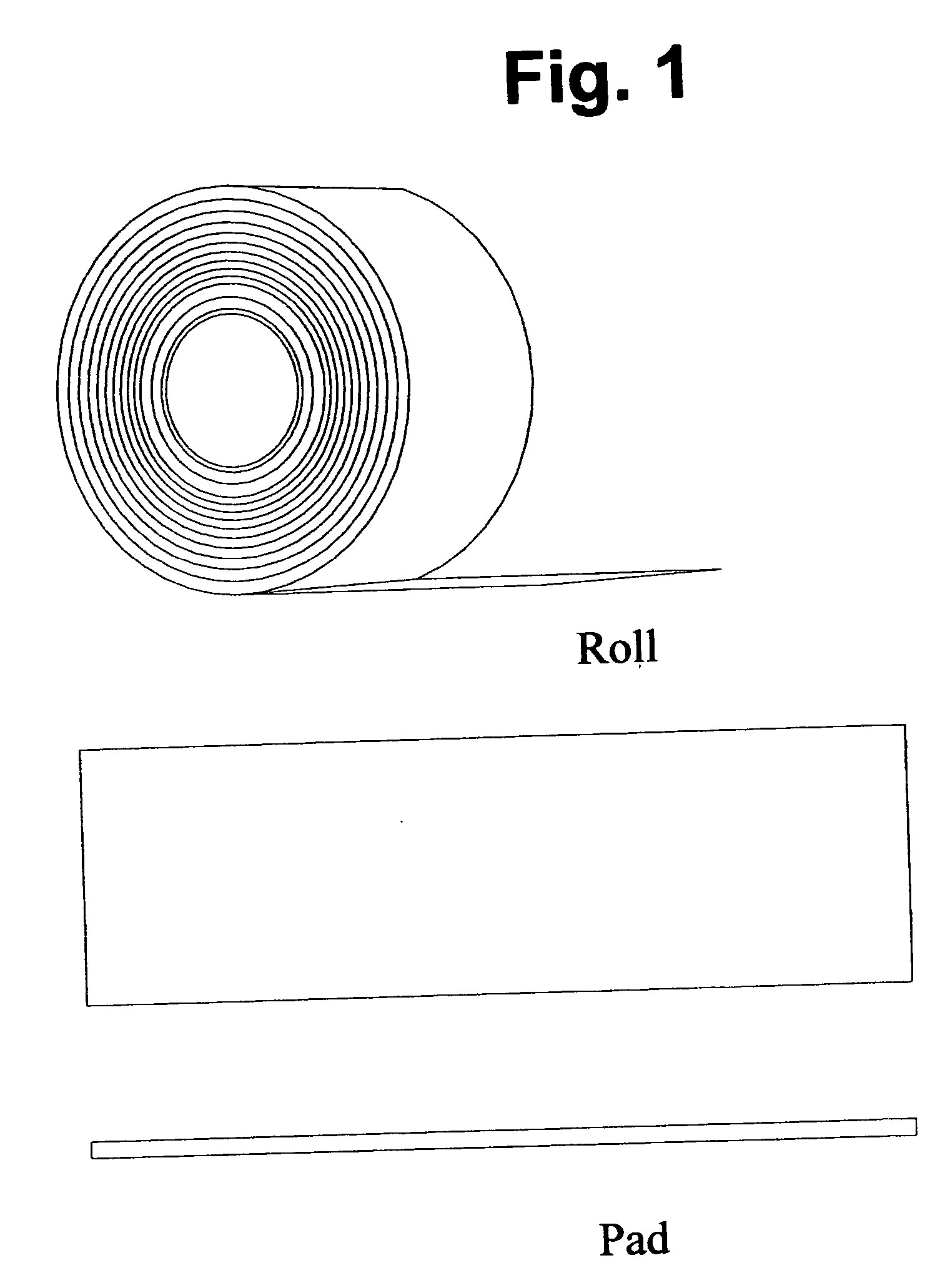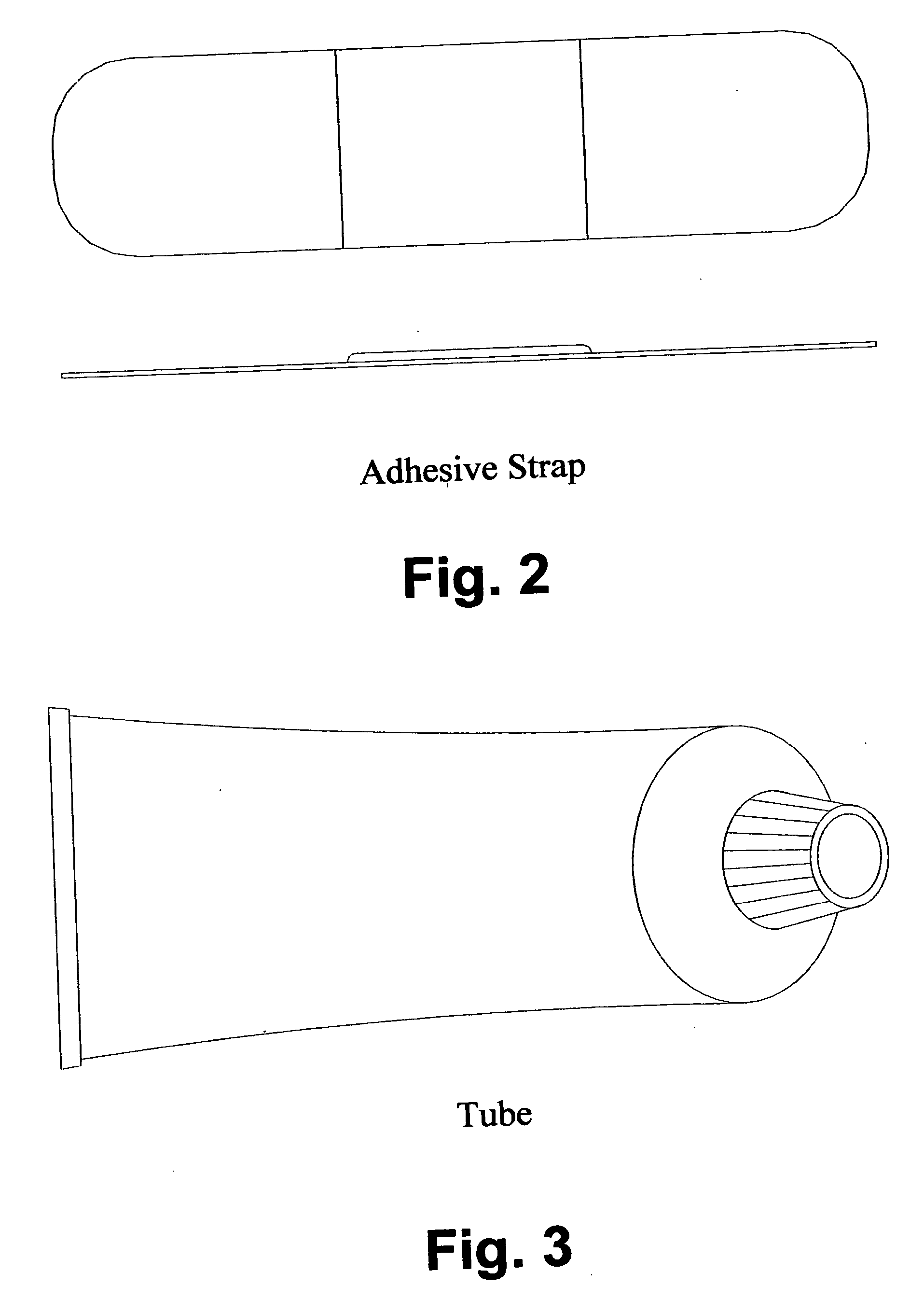Wound dressing consisting of a biodegradable biopolymer
a biodegradable, wound dressing technology, applied in the field of wound dressings, can solve the problems of shock and even death, decrease the risk of infection, and increase the risk of injury, and achieve the effect of rapid and safe disposal
- Summary
- Abstract
- Description
- Claims
- Application Information
AI Technical Summary
Benefits of technology
Problems solved by technology
Method used
Image
Examples
example 1
[0018] A 54-year-old Hispanic male with type 2 diabetes exhibited a diabetic ulcer stage 2 on the medial aspect of the right lower extremity. Using the conventional wet to dry treatments, the wound was non-healing for 12 months. Application of the starch dressing provided the proper environment promoted the healing, which then occurred in less than 4 weeks. During this time the dressing was changed whenever excessive amounts of excaudate were observed.
example 2
[0019] An 11-year-old male child with lacerations to his left hand and forearm was treated with the starch dressing applied under a clear adhesive cover. The dressing was changed when excessive excaudate was observed and healing occurred within less than 1 week.
example 3
[0020] A 45-year old male was treated for a severe skin tear on this right hand. The wound was cleansed with soap and water and the starch dressing applied and held in place with a Kerlix gauze wrap. Dressing was changed every two days and healing occurred within two weeks. Treatment was discontinued when the skin flap reattached.
PUM
| Property | Measurement | Unit |
|---|---|---|
| Fraction | aaaaa | aaaaa |
| Fraction | aaaaa | aaaaa |
| Fraction | aaaaa | aaaaa |
Abstract
Description
Claims
Application Information
 Login to View More
Login to View More - R&D
- Intellectual Property
- Life Sciences
- Materials
- Tech Scout
- Unparalleled Data Quality
- Higher Quality Content
- 60% Fewer Hallucinations
Browse by: Latest US Patents, China's latest patents, Technical Efficacy Thesaurus, Application Domain, Technology Topic, Popular Technical Reports.
© 2025 PatSnap. All rights reserved.Legal|Privacy policy|Modern Slavery Act Transparency Statement|Sitemap|About US| Contact US: help@patsnap.com


